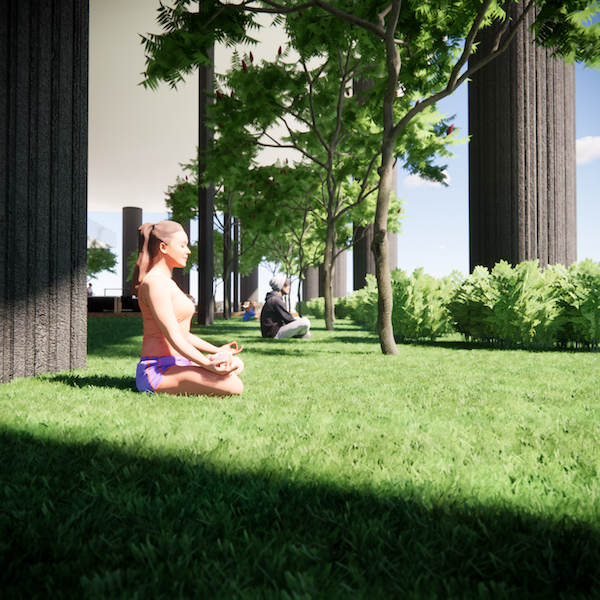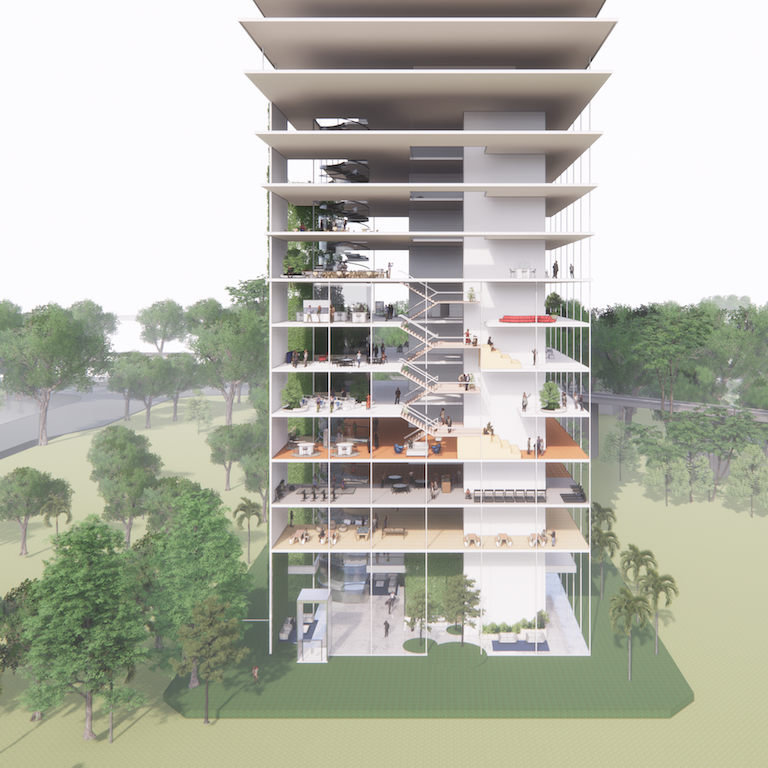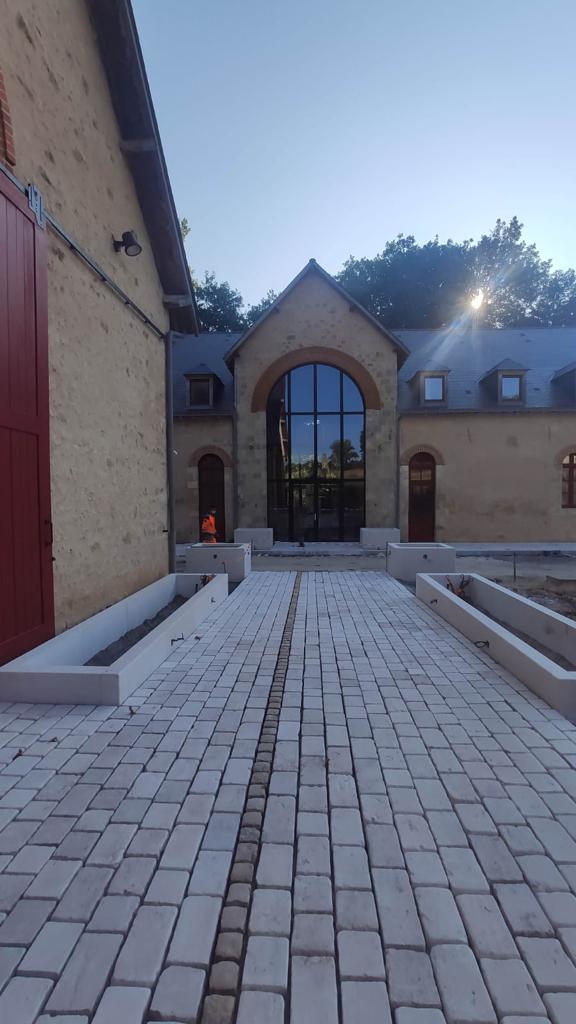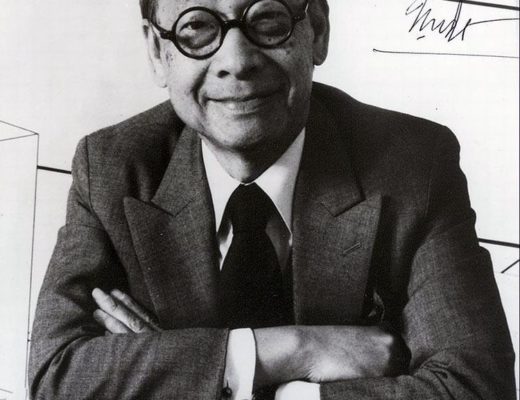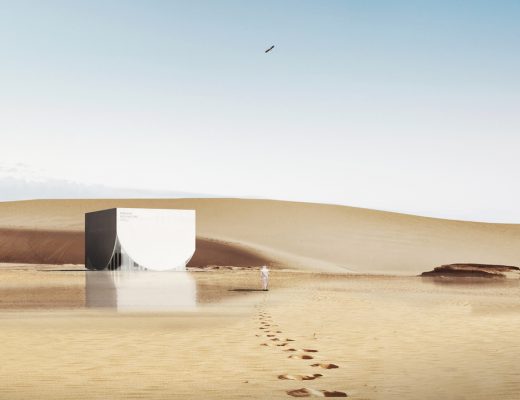Defining happiness
The Chinese characters of my elder daughter’s name are: Love-Joy. If we ask parents, what is the one wish they’d bestow upon their children? Most would say “happiness”.
Happiness is not a static event; it’s a series of events, and a state of mind. Remember a happy moment. It might be crossing a marathon finish line after months of training, a first dance, a great meal, even a good haircut. For most of us, our most easily identifiable moments of happiness are of the experiential kind. These moments of positive mental sensations are related to the charging of neural chemicals, the likes of Dopamine, Oxytocin, Serotonin, and Endorphins. Ultimately, these are based on our experiences, and can last for a duration, whether hours, days, or weeks.
While it is not wrong to understand experiential bliss as happiness, it is rather incomplete. Among the many formats suggested in my study of happiness, I dwell on this: there are the two further tiers (beyond experience): of growth (or learning) and meaning (or purpose). Together, the three forms – EGM (Singaporeans have a fondness for acronyms), can also be remembered as an Extraordinary General Meeting. The kind of meeting that has to adjourn because there is an urgent issue to address that cannot wait till the next AGM.
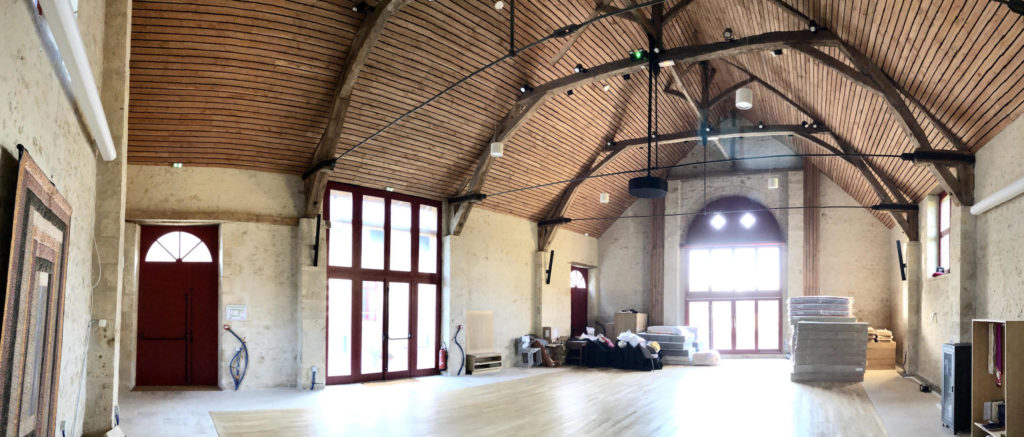
Bonnevaux Meditation Retreat, Poitiers, France (under construction). Designing for community means including spaces that encourage group activities and educational moments, as well as spaces for physical and mental fitness which can be shared as a group.
Growth is that innate hardwired craving to learn, and become more proficient in the skills that humans are capable of. This is evolutionary nature’s embedded instruction to raise the bar, to learn new skills, primarily for survival and to keep our species capable of continual existence. The most basic analogy of this kind of joy can be seen in the eyes of the infant who has managed to stand unsupported for the first time, who later masters taking his or her first steps. The eyes sparkle, and the little one beams with the widest smile. Another similar scene might be when a toddler succeeds in stacking wooden cubes to make a tower. Sadly, our 21st century world has, re-branded the phenomenon of learning-as-growth through the punishing system of school education. In today’s structured education, learning is but a means to an end; one’s mission is to do well in exams, progress through to the best possible schools, obtain certificates from university if possible, to then chase dreams on the career ladder – all to be able to afford materialistic needs, such as, holidays, cars, property and objects.
If we recalibrate our perspective, and redefine our search for new knowledge, intellectual or physical mastery, our common sense will remind us of the positive feelings we had when we first learnt to swim, dance, or speak a new language. This second category of happiness does not cost money, it is available simply by changing definitions.
The third tier of happiness is associated with meaning (or purpose). I believe that for everyone, they will have encountered moments when they have done something that did not require much effort, but the impact of the action brought about a disproportionately large outburst of joy or satisfaction. Again, I will use a family scene to illustrate: a father is changing a newborn’s nappy, and the experience is definitely a negative one, if not unbearable, due to hands coming into contact with body waste (often in a multitude of states) from another human being (the infant). But yet the parent is beaming with positive emotions, inflated like a large party balloon with a luxurious dose of happiness. I can visualise the father play-teasing the newborn and chuckling with authentic giggles. (I did when it was me.) What is happening? The magic is the connection, what we call meaning and purpose. This kind of reward can be attained also when we serve in public or community service, or when we render help to those in need. Without costing any measurable amount of input, the resulting happiness created to the addressee can be substantial and even overwhelming. In return, the addresser is reciprocated with a self-issued dose of joy, a sweeter version of satisfaction.
What does architecture have to do with it?
The natural question to ask is whether architecture has any relationship to our mental state, and if so, is there a healthy architecture (like a healthy diet) that can elevate wellbeing?
For more than 10 years now, architecture has been accepted as a relevant discipline in the design of healthcare facilities and elderly homes. As a building typology, they are proven to benefit from spatial design based on a deep understanding of organisational structures and user exigencies. Organising the appropriate flow of spaces in an inclusive way, for end-users and everyday inhabitants, such as staff, can alleviate unnecessary anxiety or frustrations, and creates a smoother workflow that can improve efficiency and productivity.
The details matter. Using materials that remind us of nature, or introducing smart ways to increase visual porosity to heighten the feeling of expansive space, create moments of respite and ease in otherwise stressful environments. The deliberate use of contrasting materials, for example, textured and matte wall finishes, warm wood-grained frames with low-oxide transparent glass, can evoke sensory interest that stimulates curiosity or trigger our sense of touch.

At Bonnevaux, certain spaces providing privacy for moments of self-reflection and inner calm. Others encourage dialogue and communal activities, where the serendipity of chance meetings and the germination of new friendships, allow for the shaping of a resilient, receptive and cohesive community
If architectural design helps us endure discomfort, through active distraction or activating other areas of the brain that promote a feeling of calm, why would we limit its application to when there is a problem to be solved, when there is pain to be massaged?
“For more than 10 years now, architecture has been accepted as a relevant discipline in the design of healthcare facilities and elderly homes. As a building typology, they are proven to benefit from spatial design based on a deep understanding of organisational structures and user exigencies.”
Frven Lim
When we are diagnosed with problems such as an injured elbow, there is good knowledge we can apply to repair or re-stabilise damaged tissues, tendons, muscles and/or bones. This same intelligence is then taken a step further to encourage strengthening and better nourishment for healing. Instead of addressing a weakness when it occurs or emerges, we should be able to build a stronger base, enhancing a core condition for better stability, durability and ability to accept greater challenges. The same approach ought to be used with architectural knowledge, to level-up every person’s mental wellbeing.
On this premise, architects are presented with both power and opportunity. In light of the Covid-19 pandemic, which hit the world without exclusion, the human population is reminded of our vulnerable fragility and the importance of health. For many, addressing better health has now become a fundamental priority. With 90% of our time spent indoors, improving every person’s mental wellbeing, even slightly, though our design of the built environment, would be an opportunity we cannot afford to squander. In our fast-changing landscape of today, being passive and taking the safe approach is the most dangerous course of action.
ABOUT THE AUTHOR:

Singaporean architect Frven Lim serves as a director in the UK studio of DPArchitects, which which has Design Research remit. He is an advocate for happiness by architecture. In 2010, he was recognised as Singapore’s 20 under 45 (URA 2010) most prolific architects. He is passionate about education, including having served as an adjunct tutor and critic @HarvardGSD as well as National University of Singapore School of Design and Environment’s Social Entrepreneur: Small But Big programme for underprivileged children in countries such as Yemen and Arch-Ts that helps to raise awareness of mental illness for Architectural students. He is also a WELL AP and Fitwell Ambassador. Mr Lim is currently based in London.
You might also like:
DP Architects and Portland Design win India’s Bangalore International Airport project
The world’s first 3D-printed steel bridge debuts in Amsterdam


